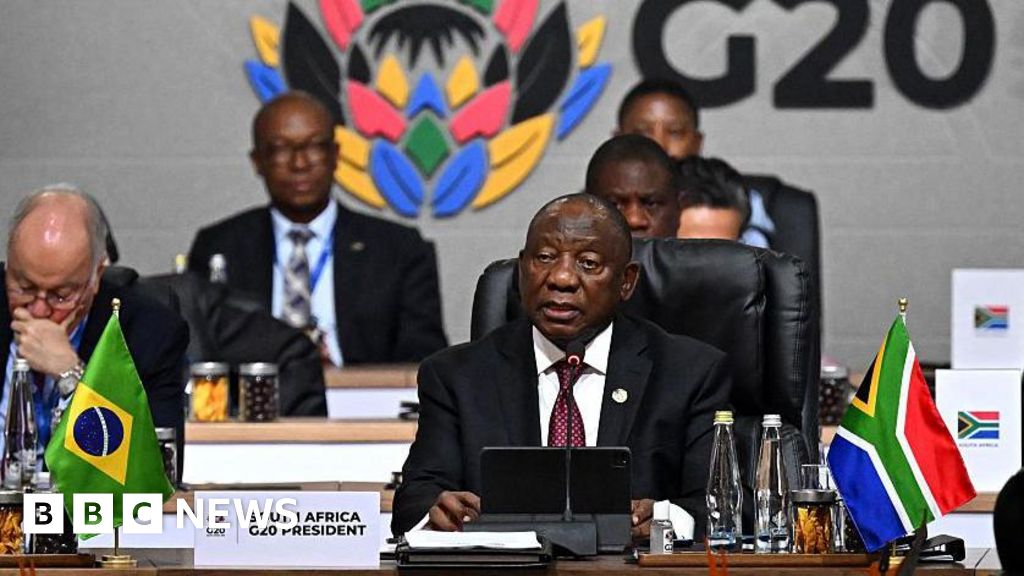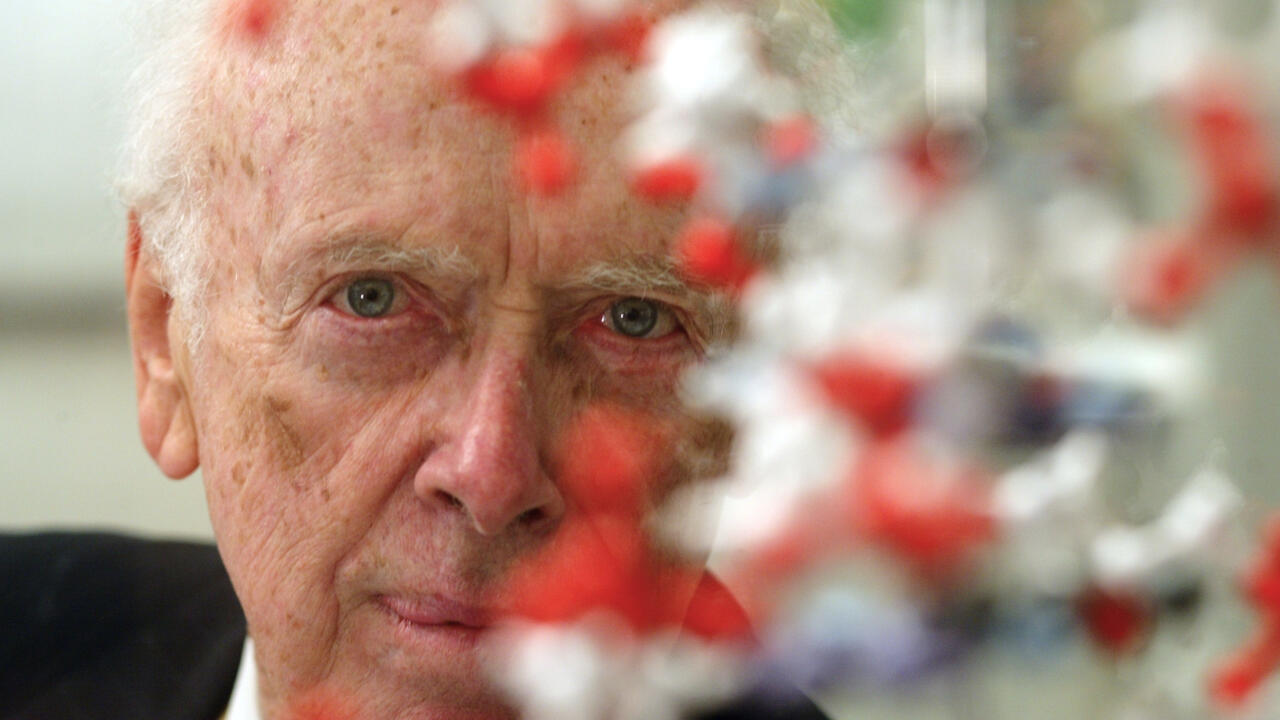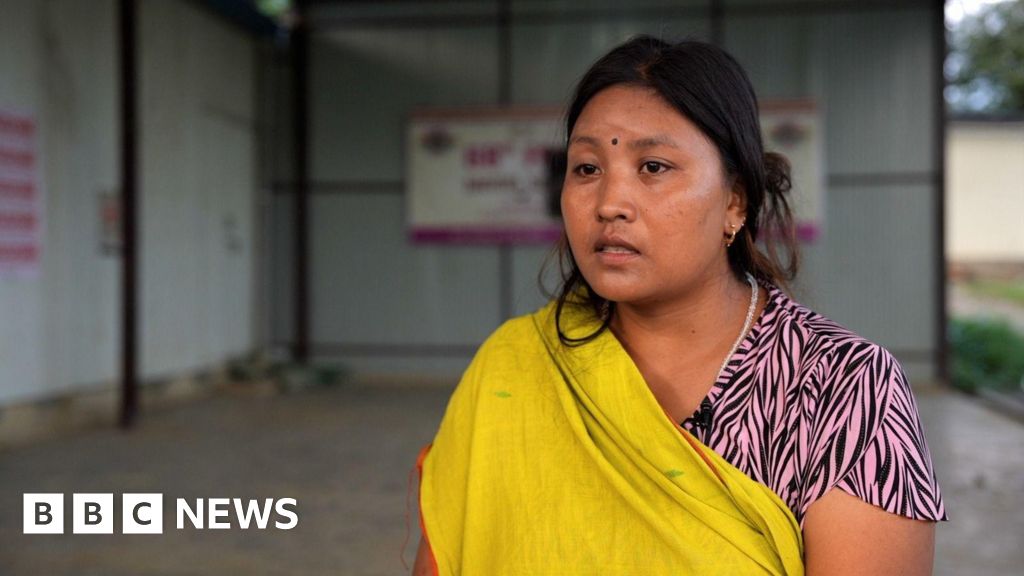
AFP file photo of a busy road in Jakarta
Jakarta is now the world’s most populated city, succeeding Japan's Tokyo. The Indonesian capital is home to an estimated 42 million people, the UN’s World Urbanisation Prospects 2025 report said. Dhaka in Bangladesh comes second with 37 million people, while Tokyo has fallen to third place with 33 million. Earlier, the 2018 UN report had placed Tokyo on top with 37 million. The change is due to a new methodology that applies consistent definitions for cities, towns and rural areas, according to UN officials.The updated method “provides a more internationally comparable delimitation of urban areas based on similar population and geospatial criteria,” said Patrick Gerland, head of the UN department’s population estimates section, as quoted by The Guardian. Urban populations have more than doubled since 1950, when 20% of the world’s 2.5 billion people lived in cities. Today, almost half of the global population of 8.2 billion lives in urban areas. By 2050, two-thirds of population growth is expected in cities, the report said. The number of megacities – cities with at least 10 million people, has quadrupled, from eight in 1975 to 33 in 2025. Nine of the 10 most populated cities are in Asia: Jakarta, Dhaka, Tokyo, New Delhi, Shanghai, Guangzhou, Cairo, Manila, Kolkata and Seoul.
Indonesia’s Jakarta claims UN title as world’s largest megacity
Li Junhia, UN undersecretary-general for economic and social affairs, says, “Urbanisation is a defining force of our time. When managed strategically, it can support climate action, economic growth, and social equity.” Tokyo’s metropolitan area spreads across three neighbouring prefectures – Saitama, Chiba, and Kanagawa, including Yokohama with 3.7 million residents. According to the new criteria, Tokyo was the world’s largest city until around 2010, when Jakarta took the lead. While Japan’s population has declined in recent years, Tokyo itself has grown. The 23 special wards and 26 smaller cities making up “Tokyo proper” now have just over 14 million people, up from 13.2 million a decade ago, according to the Tokyo metropolitan government. Migration slowed during the Covid-19 pandemic but has since picked up, driven by young people moving to the city for work and education, according to the internal affairs ministry.

 1 hour ago
1
1 hour ago
1










 English (US) ·
English (US) ·